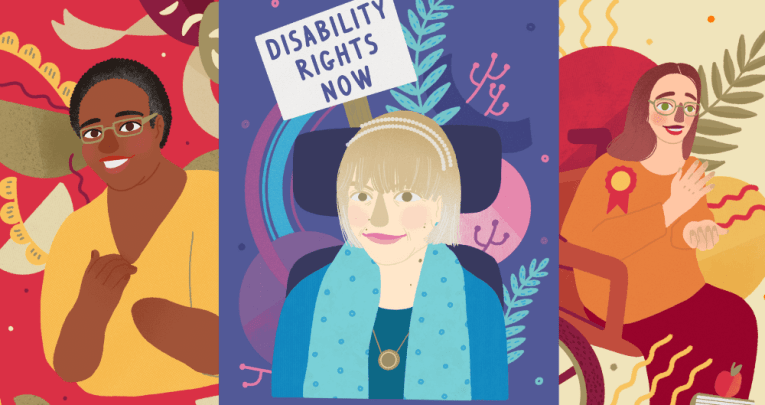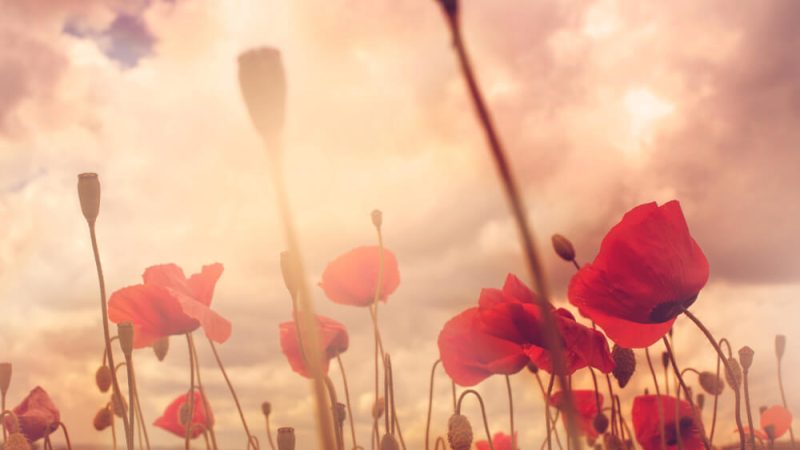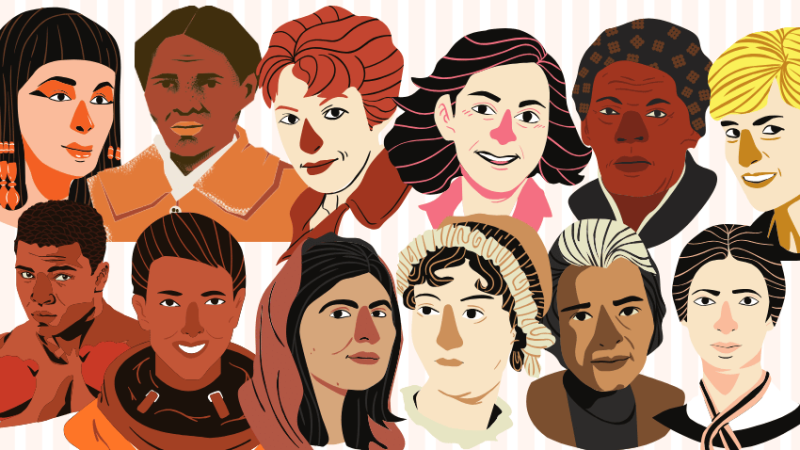Get primary students hooked on history using your local area
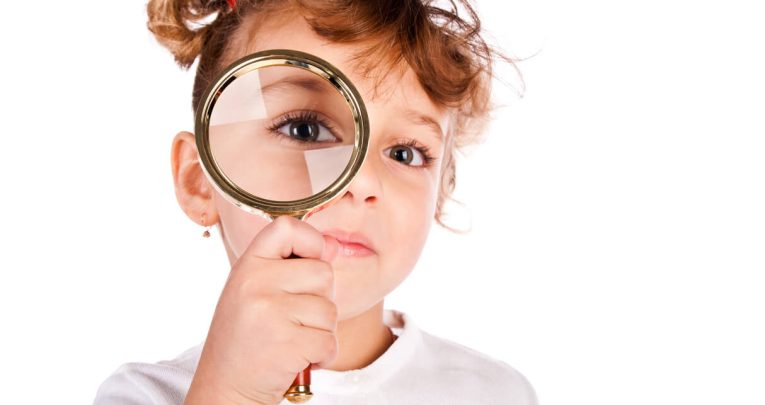
Find significant learning opportunities and magic within your own area and make links with people and places from the past, says Bev Forrest…
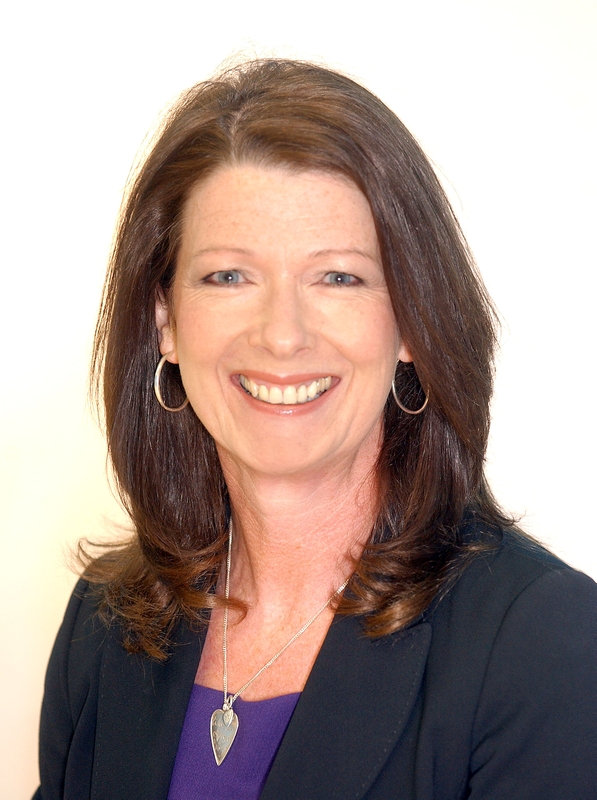
- by Bev Forrest
- History specialist, former chair of Historical Association Primary Committee
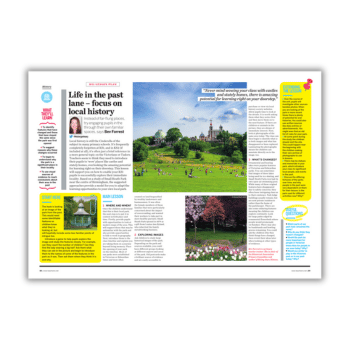
I challenge you to start researching the local history of your area with your pupils and not get hooked.
My passion was ignited while teaching at a village school on the edge of Bradford. I discovered that Sir Arthur Conan Doyle, author of the tales of Sherlock Holmes, had visited our village’s Mechanics Institute. Following further research into the visit, I was introduced to the incredible story of the Cottingley fairies.
In 1917, two girls claimed to have seen and then photographed fairies playing in the beck at the bottom of their garden. The girls’ story went on to gain not just national but international attention.
Using the story, I went on to plan an engaging unit of work for KS2 children enabling them to research events taking place close to the school. Through this study, they went on to consider the people’s emotions at the end of the First World War, when so much sadness and loss made many want to believe and escape into a fairytale world.
In this series of articles focusing on embedding local history into your curriculum, I will support you in discovering your untold stories and developing engaging ways to explore them with your pupils.
The curriculum
Following the introduction of the 2014 revised National Curriculum, local history moved from being the Cinderella of the subject to centre stage.
Local history had always featured in the KS2 curriculum but the changes incorporated study at KS1 as well as providing teachers with greater opportunities for developing progression in both content and skills.
Why so important?
Local history is a powerful vehicle for supporting pupils in understanding that their locality and people just like them have a link to national and global history. It helps them to make sense of topics in history – for example the world wars – that might seem too remote.
Ultimately, good local history enables the pupils to discover the people that lived in their community in the past and how their lives may be similar and different to their own.
Too often, history focuses on the story of men and the privileged classes but through a study of their locality, children can see how women, children and people of all backgrounds and ages had a role to play in history.
Pupils get an opportunity to engage with the historian’s craft for themselves. Like a group of pupils in Leeds studying the Romans in their locality and finding an unmapped Roman road, your pupils could go on to make exciting discoveries about their communities.
Local history is also a powerful vehicle for developing skills and an understanding of concepts.
For example, children can consider how the area has changed and why, and yet why have certain parts have remained the same. Ultimately, pupils should feel part of their locality and be more willing to go on to preserve it as young people and adults.
Yet despite all this, many teachers are still reluctant to cover local history. A key reason is often that they don’t come from or live in the locality and therefore know very little about it.
It is also considered by many to be the most difficult to teach as you can’t just download a generic scheme of work.
Yes, it does require a great deal of effort but through advance planning and resourcing by the teacher, a bank of resources can be created and then utilised in the future to support activities appropriate to any age group.
Successful study
There are some key components that provide us with a model for effectively studying our locality. When you are planning your scheme of work, check that your study:
- is driven by a key enquiry question with sub questions for each lesson
- involves the pupils using a varied range of quality primary sources
- requires the pupils to not just collect information about the area but also reach conclusions
- provides opportunities for fieldwork in the local area
- has a relevance for the pupils. Ensure it involves something or somewhere that is familiar to the pupils – for example, a hook could be the local war memorial – but then moves beyond that to stretch and enrich their experiences
- provides the pupils with an opportunity to showcase their learning, possibly through creating a mini museum, town trail, celebration assembly, etc
- provide you with links to your community both during the study and in communicating the learning that has taken place
- provides opportunities for pupils to look at an aspect in depth – this could be an area, time, person or event – but then goes on to make links across time and place (to support pupils in making these links, classroom timelines should show the local alongside significant national and global events)
- contains evidence of the pupils making progress in knowledge, skills and an understanding of concepts (make sure you have reviewed any previous units with a local history focus to ensure this takes place)
- ensure you really are teaching about the locality, not just about a period in the past, for example the Victorians, with a few weak links to your area.
Help and resources
Before embarking on planning and resourcing your own schemes, check to see if your area already has a place-based curriculum.
A number of these have been created around the country often by museums in conjunction with local groups and could provide you with a wealth of useful material.
Some, like the one produced by Leeds museums, even have free access, while others like that produced in Hull have a subscription fee.
If you are planning a study from scratch it is important to start early. I recommend launching your summer local history topic in the autumn.
A whole-school assembly with members of the community attending would be an ideal opportunity to make a plea for resources and support.
Local museums and archives are a great source of resources and expertise. You may even be lucky enough to have a local history society keen to support your school.
Sometimes, you don’t even need to look beyond the school if you have your own school archive of materials like photographs, logbooks and registers. Take a look at the list panel for further ideas of where to obtain support.
In future articles we will look at examples of great practice of local history studies in KS1 and consider in more depth the types of sources we could use to engage and excite your pupils in their search to find the untold stories on their doorstep.
Where to find support
- Historic England is a great first source of inspiration. Take a look at the heritage schools area. You may even be inspired to become one! There’s also a list area where pupils add photos, drawings, images of models and their own personal reflections to provide more information on listed buildings in their locality.
- National Archives has lots of useful information, including how to use census material
- Local history groups has a list or check on facebook, twitter or local magazines for information about local groups.
- Local History archives: to find information take a look at your local authority site.
Bev Forrest is chair of the Historical Association Primary Committee and a national HA Quality Mark assessor.



